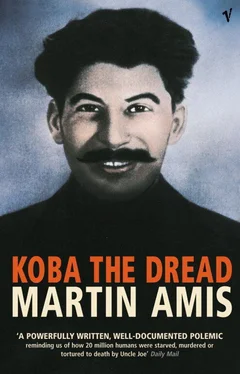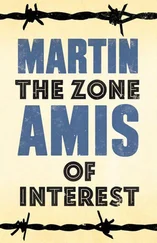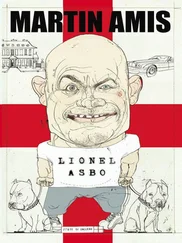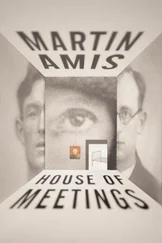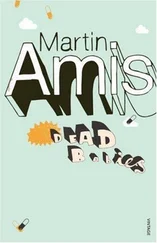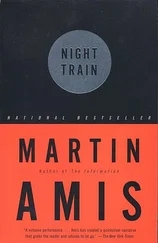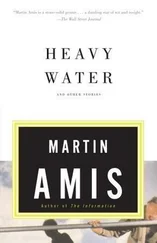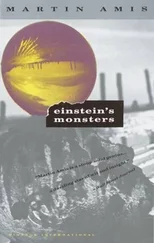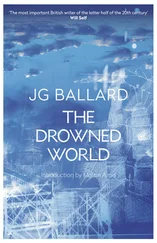‘A long talk.’
‘Because I’m wondering about the distance between Stalin’s Russia and Hitler’s Germany.’
‘Oh don’t fall for that, Mart. Don’t fall for moral equivalence.’
‘Why not?’
‘Lenin was… a great man.’
‘Oh no he wasn’t.’
‘This will be a long talk.’
‘A long talk.’
But progress has already been made. The argument, now, is about whether Bolshevik Russia was ‘better’ than Nazi Germany. In the days when the New Left dawned, the argument was about whether Bolshevik Russia was better than America.
(i.)
In his letter to Maxim Gorky about the fate of the country’s intellectuals (‘they’re not its brains. They’re its shit’), Lenin wrote (15 September 1922):
[The writer Vladimir Korolenko] is a pitiful philistine, trapped in bourgeois prejudices! For gentlemen such as this ten million dead in the imperialist war is something worth supporting… while the death of hundreds of thousands in a just civil war against the landowners and capitalists makes them oh! and ah! and sigh and go into hysterics.
This is the usual figure for military losses in World War I (all belligerent nations): c . 7,800,000. This is the usual figure for military losses in the Civil War: c . 1,000,000. But then, in the Russian case, there were a further 12 million civilian losses. ‘[T]hese figures tell only half the story, since obviously, under normal conditions, the population would not have remained stationary but grown,’ writes Richard Pipes in Russia Under the Bolshevik Regime . By this calculation the number goes up to 23 million. And there is, I think, a good case for including the birth deficit. Because the Russian experiment wasn’t conducted for the betterment of the poor wretches who happened to be alive at the time; it was conducted in the name of their children and their children’s children… Was the, or a, Civil War inevitable? Was there so much bad blood that the census was foredoomed to its astronomical minus? Well, the Civil War became inevitable when Lenin took power. There are dozens of quotations, slogans, rallying cries attesting to his enthusiasm for civil war. The same is true of Trotsky. Civil war was a cornerstone of Bolshevik policy.
(ii.)
Lenin suffered his first stroke in May 1922. In September he wrote the ferocious letter to Gorky. In the intervening July he was drawing up his many lists of intellectuals for arrest and deportation or internal exile. A month earlier Lenin’s doctors had asked him to multiply 12 by 7. Three hours later he solved the problem by addition: 12 + 12 = 24, 24 + 12 = 36… The ex-believer Dmitri Volkogonov comments in his Lenin: A New Biography :
He had covered a twenty-one-page notepad with childish scrawls… The future of an entire generation of the flower of the Russian intelligentsia was being decided by a man who could barely cope with an arithmetical problem for a seven-year-old.
There were further strokes. Later, Lenin’s wife Krupskaya taught him to repeat (and it only worked under direct prompting) the words ‘peasant’, ‘worker’, ‘people’ and ‘revolution’… Adam Ulam has described the nihilism of the Russian revolutionary tradition as ‘at once childish and nightmarish’. The dying Lenin – and, frequently, the living Lenin, too – was childish and nightmarish. In his last ten months he was reduced to monosyllables. But at least they were political monosyllables: vot-vot (here-here) and sezd-sezd (congress-congress).
(iii.)
It fills you with extraordinary torpor to learn that Lenin read Nikolai Chernyshevsky’s insuperably talentless novel What Is To Be Done? (1863) five times in one summer. To read this book once in five summers would defeat most of us; but Lenin persisted. ‘It completely reshaped me,’ he said in 1904. ‘This is a book that changes one for a whole lifetime.’ Its greatest merit, he stressed, was that it showed you ‘what a revolutionary must be like ’. Humiliating though it may feel, we are obliged to conclude that What Is To Be Done? is the most influential novel of all time. With its didactic portrait of the revolutionary New Man, its ‘russification’ of current radical themes, and its contempt for ordinary people, ‘Chernyshevsky’s novel, far more than Marx’s Capital , supplied the emotional dynamic that eventually went to make the Russian Revolution’ (Joseph Frank). I am reminded of a recent aside by a Russian writer (Victor Erofeyev) who was trying to account for the cult of Rasputin. There are ‘some grounds for saying,’ he wrote, that ‘deep down, Russia has nothing in common with the West’.
(iv.)
In championing the ‘unprecedentedly shameful peace’ with Imperial Germany (the Treaty of Brest-Litovsk), Lenin temporarily lost ground within the Party. On economic policy he was now stampeded by the visionaries, notably Bukharin. This is Trotsky:
In Lenin’s ‘Theses on the Peace’, written in early 1918, it says that ‘the triumph of socialism in Russia [required] a certain interval of time, no less than a few months ’. At present [1924] such words seem completely incomprehensible: was not this a slip of the pen, did he not mean to speak of a few years or decades? But no… I recall very clearly that in the first period, at Smolny, at meetings of the Council of People’s Commissars, Lenin invariably repeated that we shall have socialism in half a year and become the mightiest state.
Thus the regime moved to eliminate a) law, b) foreign relations, c) private property, d) commerce, and e) money. The means chosen to eliminate money was state-driven hyperinflation. In ‘the second half of 1919, “treasury operations” – in other words, the printing of money – consumed between 45 and 60 per cent of budgetary expenditures’ (Richard Pipes, The Russian Revolution ). During the attempted invasion of Poland in 1920, Lenin sent the following instruction to a Red Army commissar:
A beautiful plan. Finish it off with Dzerzhinsky. Under the guise of ‘Greens’ [6] The insurrectionary armies of the Peasant War (1918–22). Lenin, with justice, thought the Greens a greater threat to the regime’s survival than the Whites.
(and we will pin it on them later) we shall go forward for ten-twenty versts and hang the kulaks, priests and landowners. Bounty: 100,000 rubles for each man hanged.
By 1921, 100,000 rubles was worth two prewar kopeks. [7] Between 1 January 1917, and 1 January 1923, the price of goods increased by a factor of 100 million.
At this time the set of policies retrospectively labelled War Communism was being abandoned in favour of the New Economic Policy (NEP), which, in effect, legalized the black market that was feeding the cities – with difficulty. The net result of War Communism was the obliteration of the industrial base and the worst famine in European history.
(v.)
Lenin (19 March 1922):
It is now and only now, when in the regions afflicted by the famine there is cannibalism and the roads are littered with hundreds if not thousands of corpses, that we can (and therefore must) pursue the acquisition of [church] valuables with the most ferocious and merciless energy, stopping at nothing in suppressing all resistance… [N]o other moment except that of desperate hunger will offer us such a mood among the broad peasant masses, which will either assure us of their sympathy, or, at any rate, their neutrality… [W]e must now give the most decisive and merciless battle to the [clergy] and subdue its resistance with such brutality that they will not forget it for decades to come… The greater the number of the representatives of the reactionary bourgeoisie and reactionary clergy that we will manage to execute in this affair, the better.
Читать дальше
